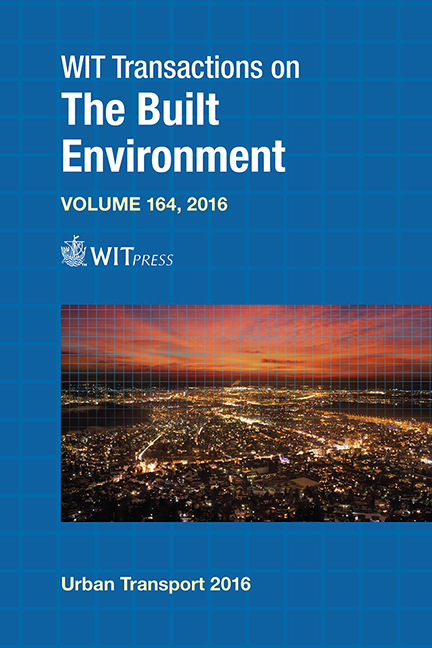Prevention Of Occupational Accidents And Diseases In The Logistics Of Goods Distribution In City Centres: The Case Of Electric Trucks
Price
Free (open access)
Transaction
Volume
164
Pages
13
Page Range
105 - 117
Published
2016
Size
334 kb
Paper DOI
10.2495/UT160101
Copyright
WIT Press
Author(s)
L. Wioland, V. Govaere
Abstract
“Urban freight distribution” or “urban distribution” can be defined as the art of enabling a city’s incoming, outgoing, and internal flows of goods to be organized as well as possible. Currently, one of the biggest constraints is environmental pressure. One of the strategies for satisfying that constraint is “clean delivery”, using electric vehicles. This strategy requires logistics to be organised by locating specific logistics facilities (platforms) close to the cities, in particular to cope with the limited ranges of such vehicles. With the aim of preventing occupational accidents and diseases, this manner of organising logistics was analysed. The method used was based on an ergonomics approach to analysing the activities of the platform employees and of the drivers. The results highlight a certain number of difficulties and risks related to those activities and have made it possible to define avenues to be explored for improving working conditions and prevention. The method incorporates the systemic view that urban distribution constitutes the final link in the supply chain. Its activity is therefore seen as being potentially dependent to an extent on the activities of the other links in the supply chain. Thus, in terms of occupational accident and disease prevention, an “act elsewhere” approach has been imagined. This approach is designed to be deployed in a given work situation in order to improve not only that situation but also the work situation that is connected to it.
Keywords
prevention, health, safety, urban freight distribution, platform, electric vehicles, supply chain





